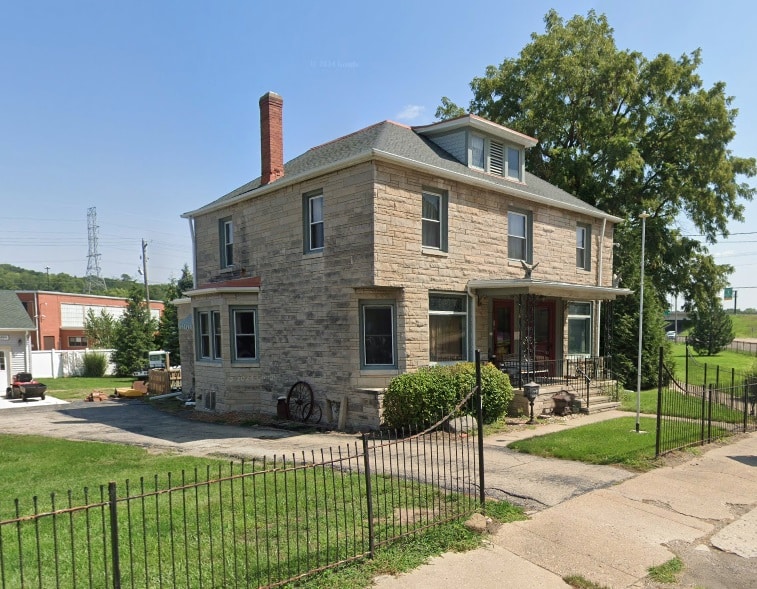This is a reprint of a “From the Local History Room” column that first appeared in October 2013 before the launch of this weblog.
Before the invention and the popularity of the telephone, the telegraph was the way to send important (albeit brief) messages quickly over a great distance. Cities and communities both large and small were connected by thousands of miles of telegraph wires that carried the messages from one telegraph office to the next — and almost every community had a telegraph office.
A glimpse into the heyday of the telegram is offered by Donald Nieukirk’s 36-page book, “One Hundred Telegrams Sent or Received at Tremont, Illinois, 1912,” published in 2001 by the Tremont Historical Society and Museum. It’s one of the books in the Pekin Public Library’s Local History Room collection.
To prepare his book, Nieukirk collated, edited and annotated a collection of Western Union telegrams from September and October 1912 that had been donated by Keith A. Toepfer of Tremont. The telegrams had come into Toepfer’s possession as a result of his mother Evalyn’s 1965 purchase of the old “Big Four” railway depot on West Pearl Street in Tremont — with the purchase of the building came all of its contents, including a large number of old telegrams. From that collection, Nieukirk selected 100 for his book, adding explanatory comments and notes.
“Now nearly ninety years later,” Nieukirk wrote in 2001, “they make a fascinating reading for local history buffs and afford revealing glimpses of the daily routine in an age gone by.”

Here are a few of them:
Nieukirk starts off with a business telegram sent at 10 a.m. Sept. 3, 1912, from the G. W. Shemel Grain Co. to the Evans Elevator Co. in Decatur. The text of the telegram is nothing but a string of five words: “Stagger – chest – afforded – affixing – boundless.”
“What a confusing message with which to start!” Nieukirk writes. “Obviously it is a code of some sort. The reply was received in just a few hours.” The reply was, “Acceptance too late — will wire later if have good bids.” A similar encoded exchange is found on pages 33-34.
Another telegram, sent at 5:07 p.m. Sept. 5 by J. W. Lindeburg of Peoria to W. C. McQueen of Tremont, says, “Will call on you in the morning with the Cowell trunk line — new goods.” Nieukirk comments that in 1912 McQueen operated a furniture, carpet, wallpaper and paint business in the City Hotel Building. McQueen was elected mayor of Tremont in 1927 and served in that office for 20 years.
Sometimes the telegrams dealt with news of death or funeral arrangements. A “Night letter” sent at 8:07 p.m. Sept. 5 by Mrs. Martin Robison to the Rev. Lawther of Fairbury says, “Will you preach Martin Robison funeral sermon Sunday at ten A.M. — will take you to Washington to one o’clock train Sunday — answer if you will come to Morton or Allentown on Interurban — if you do not answer by return message – call on telephone.”
An urgent telegram, sent on Sept. 5 by Fred A. Johnson to Mary Phillips of Marblehead, Ind., reads, “Tell your mother that her sister not expected to live — come at once.”
Other telegrams are rather mundane, such as one sent on Oct. 13 from “Harry” to D. C. St. Clair of Pekin, which says, “Left comb and brush at saloon this morning — get it.”
Nieukirk’s telegrams also include a somewhat entertaining series of gossipy messages involving a number of residents of Tremont; Duncan, Miss.; and Memphis, Tenn., who wanted to find out if a young woman named “Maude” had gotten married.
The series begins with an inquiry from a Clara Tibbs on Sept. 21, 1912, and continues over the next two weeks through early October, but, frustratingly, we never get an answer to Clara’s initial question, and neither was Nieukirk able to find out who Maude was.










